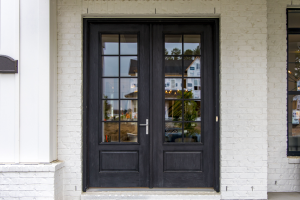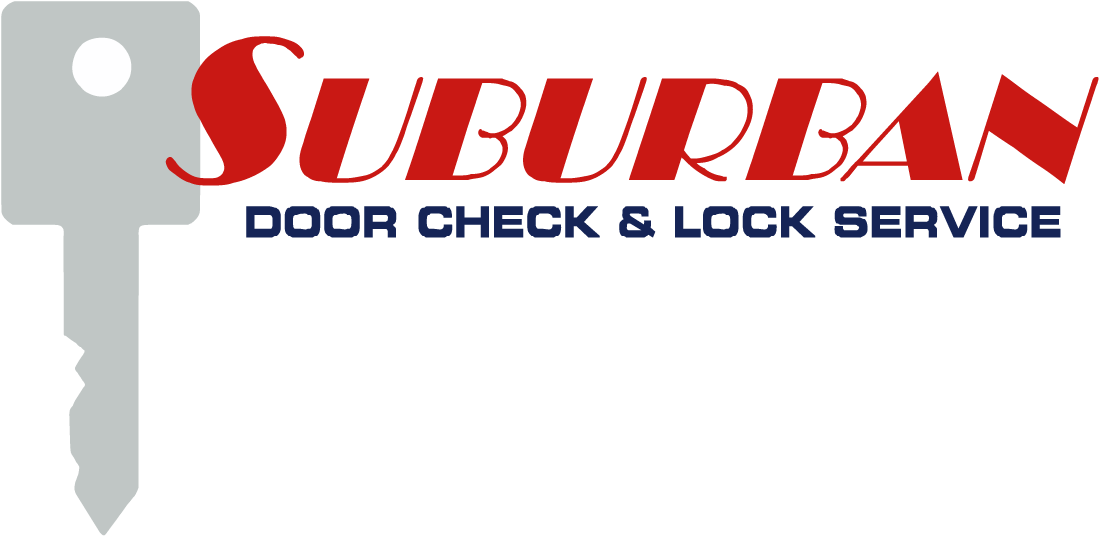
Locks are an essential component of any secure environment, whether it’s your home, office, or vehicle. They play a crucial role in protecting your valuables, ensuring privacy, and providing a sense of safety and security. As the leading lock replacement company in Glendale Heights, Illinois, we understand the importance of a properly functioning lock system and the various elements that contribute to its effectiveness.
Below, we are going to explore the essential components of a lock, explaining how they work together to provide the level of security you deserve. By understanding the inner workings of a lock, you’ll be better equipped to make informed decisions about your security needs and ensure that your property remains protected.
Understanding the Different Types of Locks
Locks come in a wide variety of shapes, sizes, and designs, each with its own unique features and applications. From the traditional pin-and-tumbler locks to the more advanced electronic and smart locks, the options can be overwhelming. In this section, we’ll provide an overview of the most common types of locks and their characteristics:
- Deadbolt Locks: These are the most commonly used locks for residential and commercial applications. They feature a solid metal bolt that extends into the door frame, providing a strong and reliable locking mechanism.
- Padlocks: Portable and versatile, padlocks are often used to secure gates, sheds, storage units, and other external access points.
- Combination Locks: These locks use a set of numbers or a code to open, eliminating the need for a physical key.
- Electronic Locks: Powered by electricity, these locks offer advanced features such as keypad entry, remote access, and even biometric authentication.
- Smart Locks: Integrating with your smart home system, these locks can be controlled and monitored using your smartphone or other connected devices.
Understanding the different types of locks and their unique features will help you make an informed decision when it comes to securing your property in Glendale Heights, Illinois.
The Role of Keys in a Lock System
The key is an essential component of a lock system, as it is the means by which the lock is accessed and operated. Keys come in a variety of shapes, sizes, and designs, each tailored to the specific lock they are intended to work with. In this section, we’ll explore the importance of keys and the role they play in the overall lock system:
- Key Duplication: It’s important to be mindful of who has access to your keys and to limit the number of copies in circulation. Unauthorized key duplication can compromise the security of your lock system.
- Key Replacement: If you’ve lost or misplaced your keys, it’s crucial to have them replaced by a professional locksmith to ensure the integrity of your lock system.
- Key Programming: Many modern locks, such as electronic and smart locks, require specialized programming to create and manage keys. Proper key programming is essential for maintaining the security of these advanced locking systems.
Understanding the role of keys in your lock system will help you maintain the overall security of your property in Glendale Heights, Illinois and prevent unauthorized access.
The Importance of Lock Cylinders and Their Components
The lock cylinder is the heart of the locking mechanism, responsible for translating the key’s unique configuration into the action of the lock. In this section, we’ll explore the key components of the lock cylinder and their importance in the overall functionality of the lock:
- Pin Tumblers: These small, spring-loaded pins inside the lock cylinder create the unique combination that matches the key’s cuts, allowing the lock to open.
- Plug: The plug is the rotating central component of the lock cylinder that turns when the correct key is inserted, engaging the locking mechanism.
- Sidebar: Found in more advanced lock cylinders, the sidebar is a secondary locking mechanism that adds an extra layer of security.
- Cylinder Housing: The cylinder housing is the outer casing that protects the internal components of the lock cylinder and ensures a secure fit within the door.
Proper maintenance and replacement of the lock cylinder and its components are crucial for maintaining the security and functionality of your lock system.
Exploring Lock Mechanisms and Their Functionality
The lock mechanism is the core of the locking system, responsible for the physical action of securing and releasing the lock. In this section, we’ll delve into the various lock mechanisms and how they work:
- Tumbler Mechanism: This is the most common type of lock mechanism, where the key’s unique configuration aligns the pin tumblers, allowing the plug to rotate and engage the locking bolt.
- Wafer Mechanism: Similar to the tumbler mechanism, the wafer mechanism uses flat, spring-loaded wafers instead of pins to create the unique combination.
- Lever Mechanism: This mechanism uses a series of levers that must be precisely aligned for the lock to open, providing an additional layer of security.
- Combination Mechanism: Found in padlocks and some door locks, the combination mechanism uses a set of numbers or a code to align the internal components and unlock the device.
Understanding the inner workings of these lock mechanisms will help you appreciate the complexity and security features of your locking system.
Looking for a Lock Replacement Company in Glendale Heights, Illinois?
As the leading lock replacement company in Glendale Heights, Illinois, we understand the importance of a secure and reliable locking system. Our team of experienced locksmiths provides exceptional service and tailored solutions to meet your security needs.
If you’re in the Glendale Heights area and in need of a lock replacement or upgrade, do not hesitate to contact Suburban Door Check & Lock Services at (630) 968-4727. Our experts will assess your current lock system, provide recommendations, and ensure that your property is protected with the highest level of security. Contact us today to receive a quote.




Recent Comments